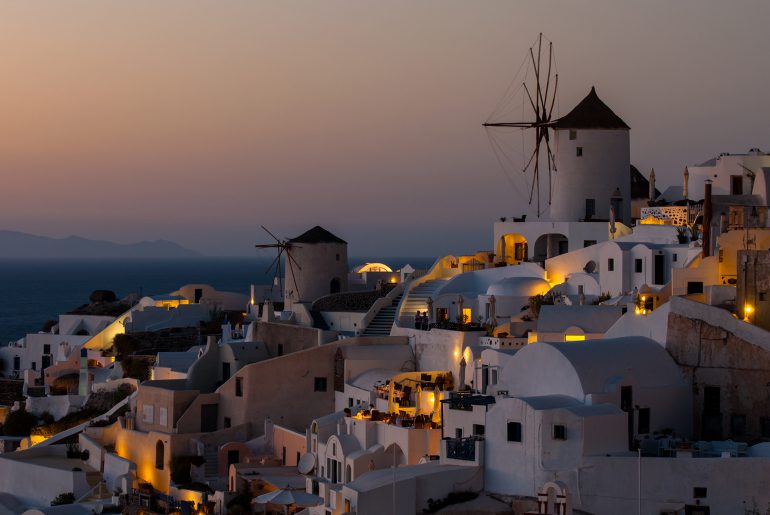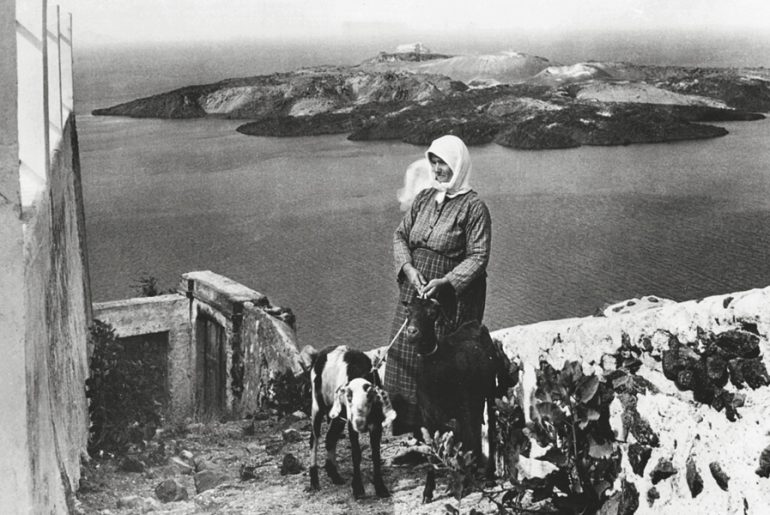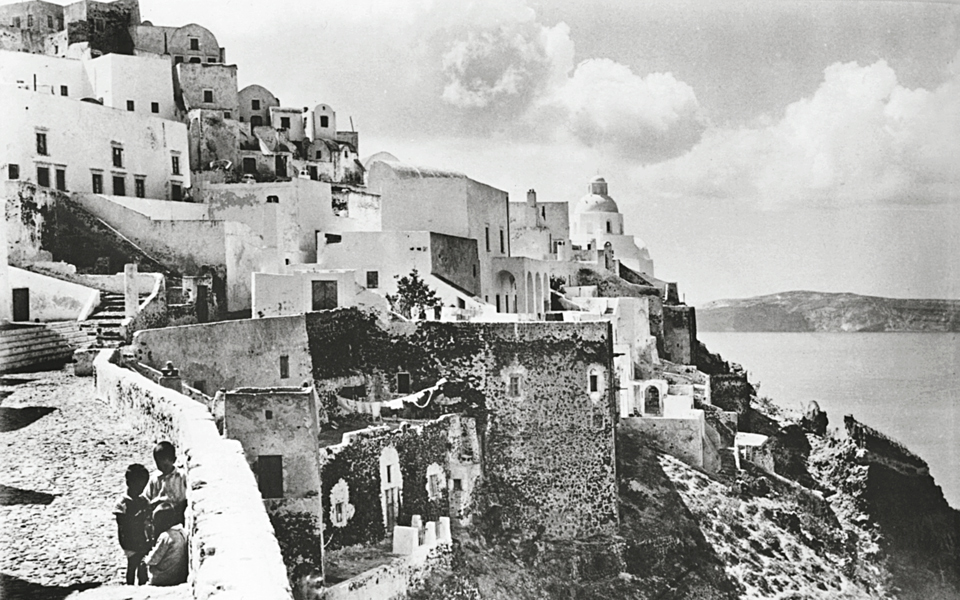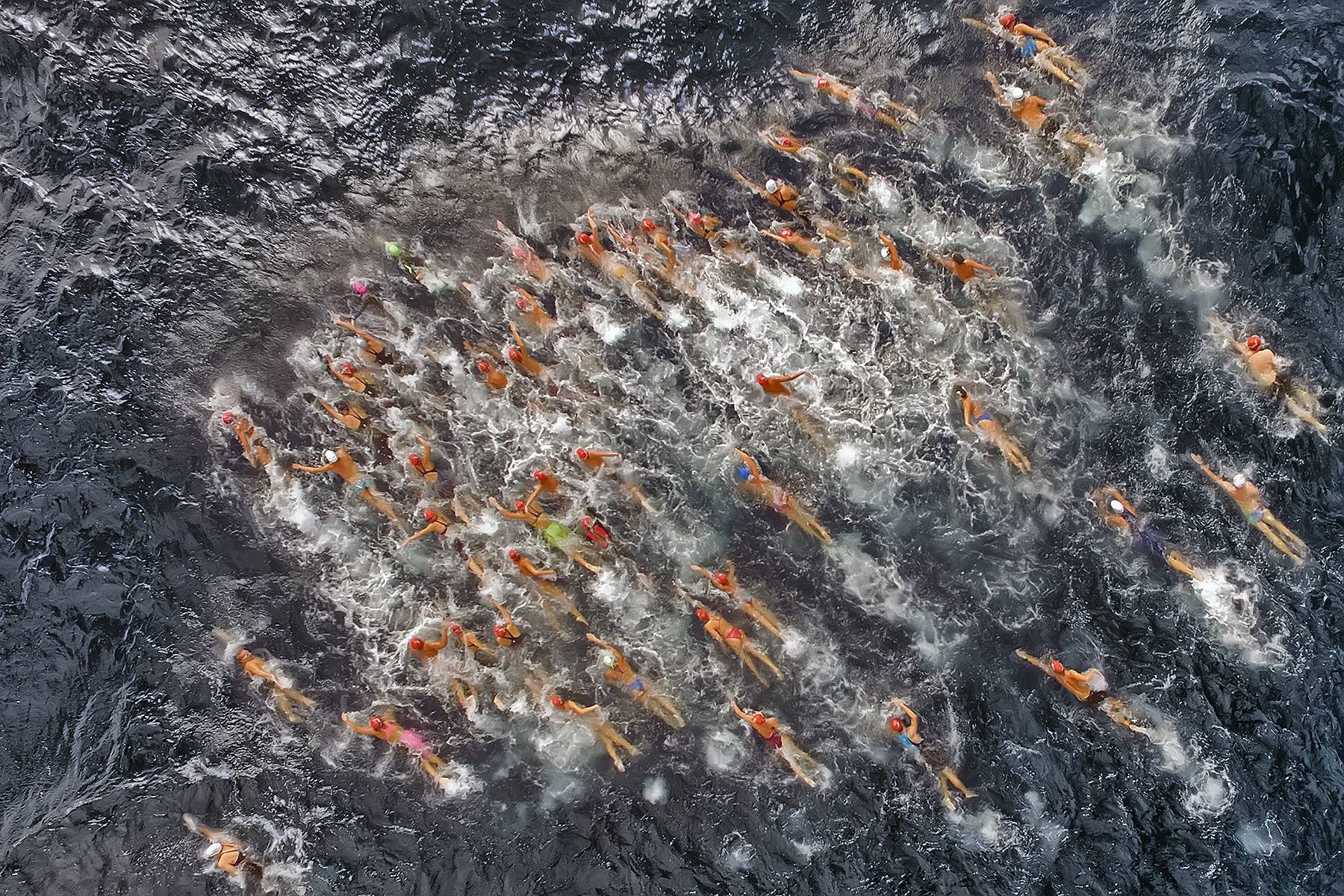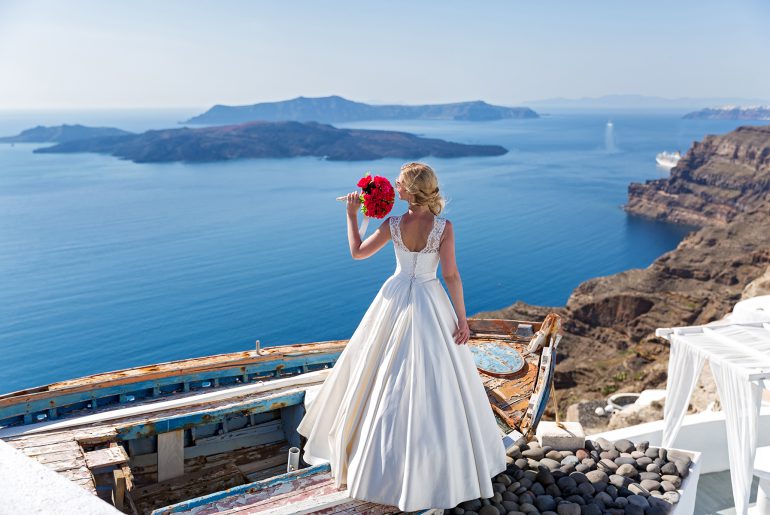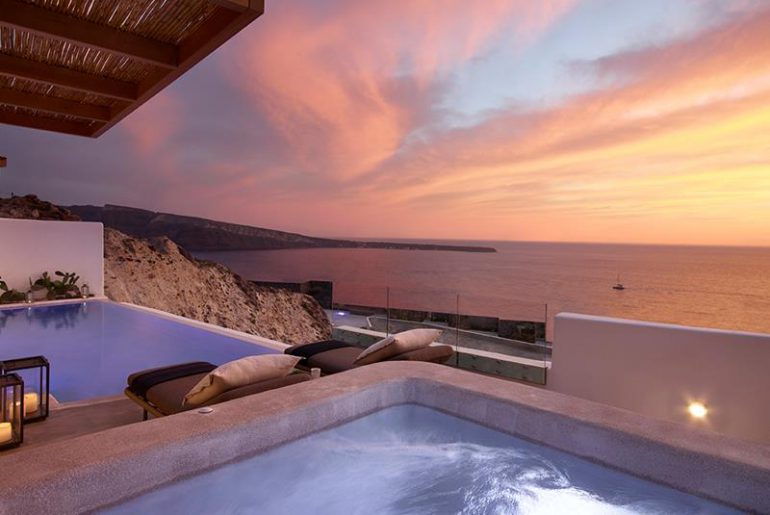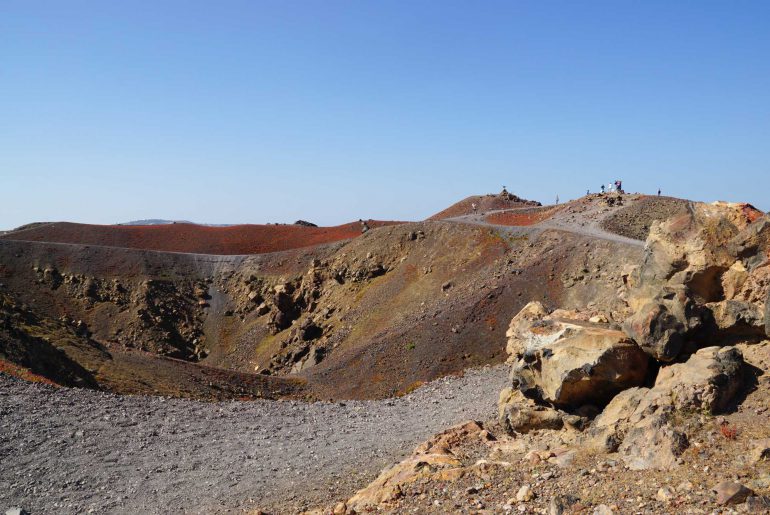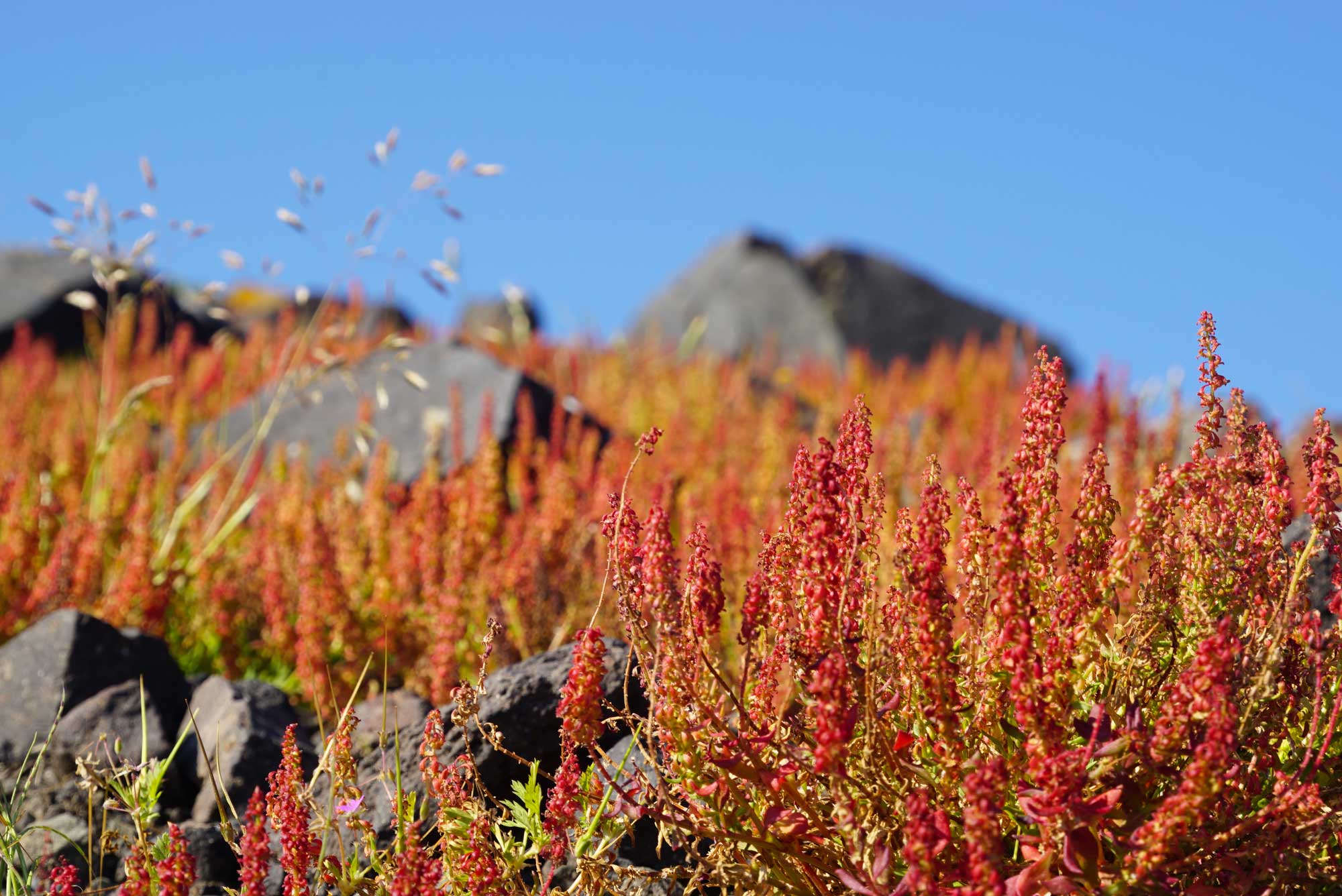Is there a better way to discover this amazing crescent-shaped isle than to explore it looking through the camera’s lens? Santorini, or Thíra since ancient times, is actually a small group of islands including Thíra, Thirassiá, Asproníssi, and Palea and Nea Kaméni. Dazzling for their sunset vistas and traditional Cycladic white houses, blue-domed churches, and hilltop windmills, the island group is one of the most photographed places on Earth.
From picturesque Fira, the capital of Santorini, to the stunning volcanic beaches at the base of the island, this place is a photographer’s dream come true. Take Fira, along with Oia perched high up on the rim of the famous volcanic caldera. The uniqueness of the geography where mountain and sea meet is simply breathtaking. Professionals and amateurs flock to Imerovígli and Firostefáni, also located high above on the cliffs that make up the so-called “Caldera’s eyebrow,” which is, in fact, the balcony of Santorini.
Some companies offering photo tours of Santorini are creative enough to combine two or three activities to make the experience truly remarkable. For instance, wine tasting and photography tours – the two make sense because the vineyards of the island have unique character considering the history and background, the architecture, the way grapes are cultivated etc.
The seaside is another treasure of the island. The deep blue waters, the red, and black volcanic sand beaches, the amazing rock formations, and the moonscapes are other-worldly. You can book a photo-tour to volcanic Milos, to capture the sun playing off the arches around the central caldera or the surrealistic rock formations that islet is known for. Or perhaps, a digital magazine of photos of picturesque villages is what you seek? Milos, Santorini, and the other islands are a perfect choice for this, and for its geology, hot springs, and wild goats even.
Photo tours of Santorini also help visitors experiencing this beautiful island. Surveying the landscapes, getting to know the customs and the environment, being part of the cultural fabric of the place, these and more aspect are good reasons to integrate photo tours into your agenda. Santorini is a creative paradise and a cultural and learning one as well.
You can take part in every conceivable photography tour here on Santorini. There are boat tours, underwater photographic tours, night sky photo escapades, romantic sunset photo sessions, walking photo tours, and tours where you get your own personal, professional photographer.
Santorini is so beautiful that even amateur images captured with a smartphone camera can look like something out of a magazine.
Cover photo: by Kyler Boone on Unsplash


